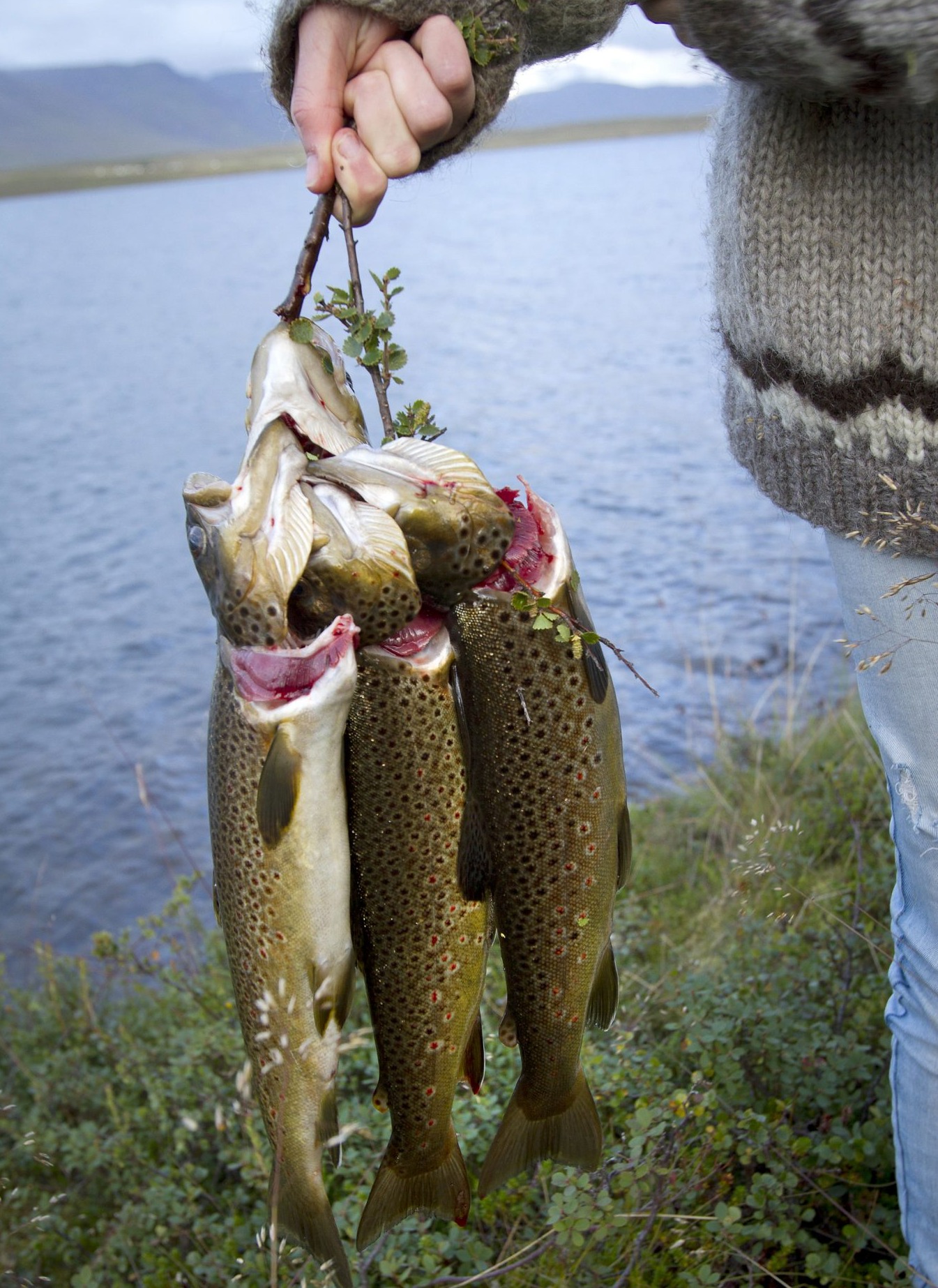Upcountry Árnessýsla
Geothermal energy, agriculture, and organic farming

There is a lot of geothermal energy in the upcountry of South Iceland, and it is a prerequisite for development in the area. In the 1940s, the awakening about horticulture in Iceland began and the development of horticultural centers. Horticulture is the largest in the South, or about 67% in terms of operating income. Pumice from the volcano Hekla is also widely used, along with geothermal and environmentally friendly production where no toxins are used, and bees fertilize plants. Daily fresh products are sent out to consumers.
In earlier years, hot springs were used for cooking and coffee making. You can still see the areas where the hot springs were used for cooking and baking, and special utensils were used. Early on, people began to use the hot water to heat houses, greenhouses, and bathing. A great bathing/swimming pool culture is in the area.
The village Flúðir was formed due to the geothermal energy in the area. There you can find the oldest swimming pool in Iceland, and before that, the area was a bathing place for centuries. A school in Flúðir was established where it was possible to use a hot spring to cook for school children. Iceland's largest mushroom farm is in Flúðir. The farm Flúðasveppir grows organic mushrooms from Icelandic ingredients. In many horticultural stations in Flúðir, family businesses engage in horticulture and vegetables' outdoor cultivation.
The settlements Laugarvatn, Laugarás, and Reykholt, were also formed due to the geothermal heat. It was decided that the district school would be located at Laugarvatn due to the geothermal heat there, and from there, the village developed into an educational center for all school levels. Bread is baked in hot springs down by the lake Laugarvatn. Fishing is also possible in nearby rivers and lakes. In Reykholt, hot springs were harnessed, and settlements were built around them. From 1945 and onwards, horticultural stations began to be built there. Construction also began in Laugarás around 1946 due to geothermal energy. At Laugarvatn, you can fish in the rivers and lakes nearby, and there is also geothermal energy. You can, for example, bake bread in the hot springs.
Organic farming in Iceland began in the village Sólheimar in Grímsnes, and it is still one of the largest producers of organic vegetables in greenhouses in Iceland.
Skaftholt also has a sustainable organic farm where people with developmental disabilities live. There is a cow farm, a chicken farm, and a sheep farm. As well as a variety of vegetable cultivation and processed products, e.g., cheese making and vegetable processing.
In the lake Þingvallavatn, you can find trout and four species of char. The lake is famous for fishing and many frequently fish there.
